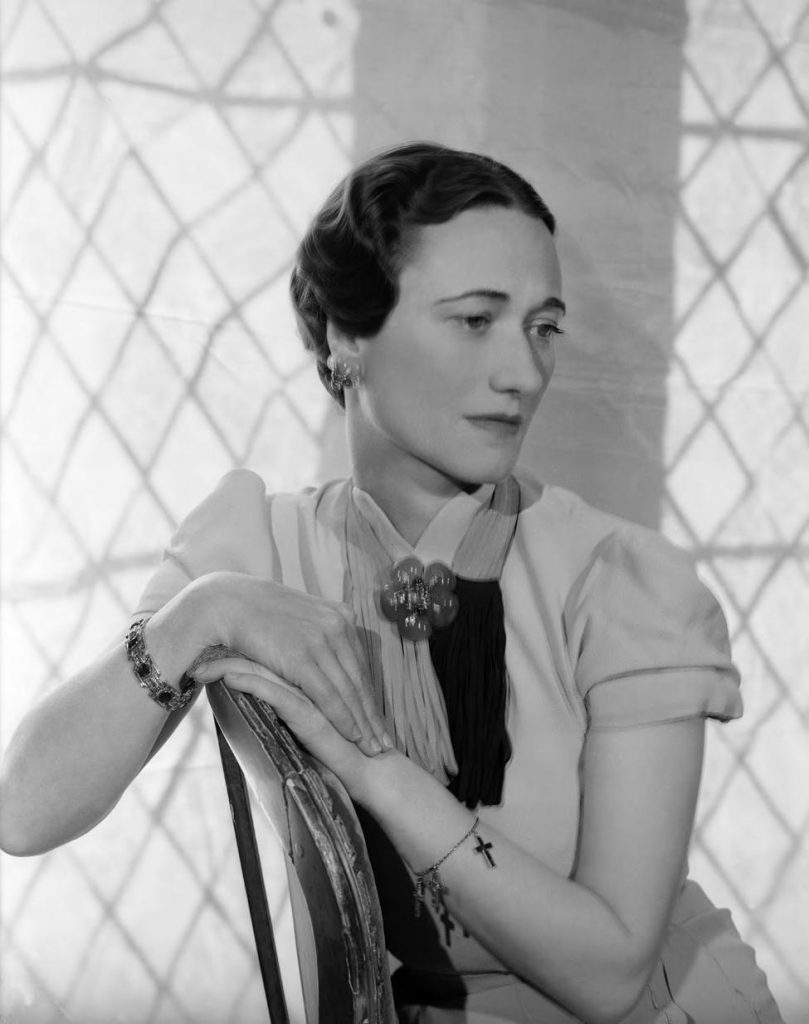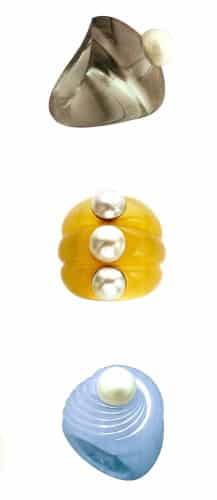
Suzanne Belperron: The Rebel Who Signed with Style

Image : Belperron
In a world where luxury is branded, stamped, and hallmarked to within an inch of its existence, Suzanne Belperron did the unthinkable—she refused to sign her work. Because, as she famously declared, "My style is my signature." And indeed, it was.
While the rest of the jewelry world obsessed over insignias and maker’s marks, Belperron let her designs do all the talking. And talk they did. Fluid, sensual, and impossibly bold, her pieces were as instantly recognizable as they were impossible to replicate. A master of sculptural curves, carved gemstones, and unexpected materials, she transformed high jewelry into wearable art—effortlessly modern, yet undeniably regal.
Image langantiques
A Visionary Without Borders
Born in 1900 in Saint-Claude, France—an area famed for its gemstone carving—Belperron’s path to jewelry greatness was set early. After studying at the École des Beaux-Arts, she secured a position at Maison René Boivin, a maison known for its avant-garde approach. It was here that she began to cultivate the style that would make her a legend.
By the 1930s, she had joined forces with Bernard Herz, a well-known gemstone dealer. Their collaboration resulted in some of the most revolutionary designs of the Art Deco era. But make no mistake—these were not the typical sharp, geometric Art Deco pieces. Belperron’s designs flowed like silk and embraced the natural curves of the body. Her jewelry didn’t just sit on the skin; it became part of it.
She pioneered the use of carved hardstones—rock crystal, chalcedony, and smoky quartz—elevating them from ornamental curiosities to luxurious, avant-garde statements. Her pieces fused bold architectural elements with an organic fluidity that was unheard of at the time.
The Duchess of Windsor’s blue chalcedony parure- Photo: Sotheby’s, 2015.
Jewelry for the Fearless
Belperron’s creations didn’t whisper; they roared. And those who wore them were just as unforgettable. Her clientele? A who’s who of royalty, socialites, and artistic powerhouses. Wallis Simpson, the Duchess of Windsor, adored her bold, sculptural cuffs. Diana Vreeland, the indomitable Vogue editor, collected Belperron as if her life depended on it. Even Jean Cocteau, the surrealist genius, was enamored by her vision.
She designed for women who knew jewelry was not mere ornamentation—it was identity, power, and defiance. Unlike the delicate, filigreed jewels of the past, Belperron’s creations had weight, presence, and a sensuality that made them feel alive. Whether it was a cuff carved from rock crystal, a brooch pulsating with colored stones, or a ring that seemed to sculpt itself around the finger, every piece had a life of its own.

The Duchess of Windsor adorned in her exquisite blue chalcedony flower clip, elegantly set with diamonds and cabochon sapphires. Captured by Cecil Beaton in 1937. Photo: Sotheby’s, featured in Olivier Baroin’s book, p. 278
A War, a Betrayal, and an Unbreakable Spirit
Then came World War II. As a Jewish businessman, Bernard Herz was forced to hand over his company under Nazi occupation. In a move of extraordinary courage, Belperron took control of the business to protect it. But tragedy struck—Herz was arrested and sent to Auschwitz, where he perished.
After the war, Belperron did something extraordinary: she reclaimed the company, renamed it Herz-Belperron in his honor, and ran it as if he had never left. This wasn’t just a business move—it was an act of defiance, an unspoken promise that she would not let his legacy, or her art, be erased.
And the world took notice. Even as high jewelry houses clung to tradition, Belperron refused to be predictable. She continued creating with her signature boldness, shunning trends and staying true to her own artistic voice. 
A corsage clip by Suzanne BELPERRON “Groseilliers” Circa 1942 ( Odeon Collection)
The Legacy That Refused to Fade
Unlike her contemporaries—Cartier, Van Cleef & Arpels, Boucheron—Belperron didn’t have a logo, a signature, or a stamp. She didn’t need one. Her work was so distinct, so revolutionary, that experts could identify a Belperron piece at a glance.
For decades after her death in 1983, her designs remained elusive treasures, coveted by collectors and whispered about in hushed tones at auction houses. Then, like a long-lost masterpiece finally rediscovered, her archives reemerged in the 1990s, proving once and for all that her genius was not just a moment in time—it was eternal.
Suzanne Belperron: The Woman, The Myth, The Signature
Today, Belperron’s name commands the same reverence as the maisons that once overshadowed her. Her pieces are now among the most sought-after in the world, fetching astronomical prices at auction. And yet, her refusal to conform remains her greatest triumph.
Because when you see a Belperron piece, you don’t need a signature to know exactly who created it.
She already signed it—with style.
(our next installment in the Women in Jewelry Design Series—Elsa Peretti: The Woman Who Made Minimalism Luxurious.)
Maker’s Marks Timeline



